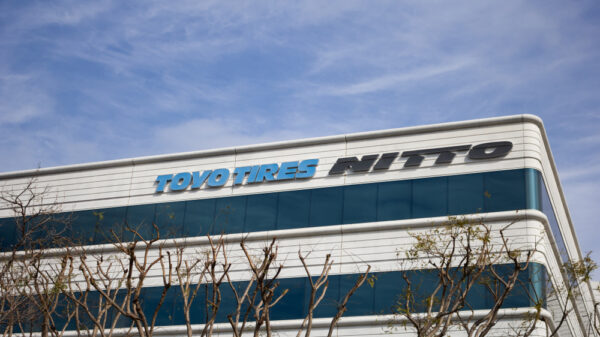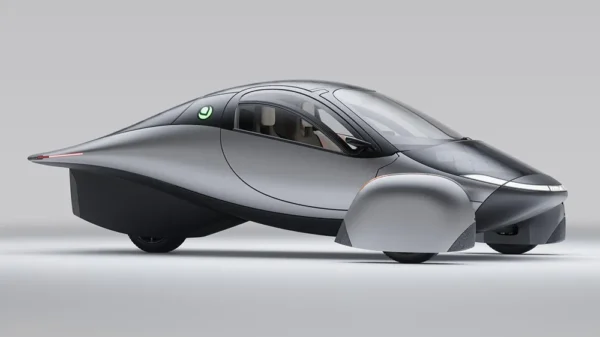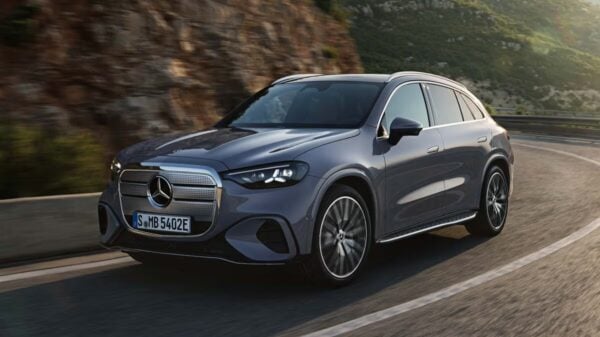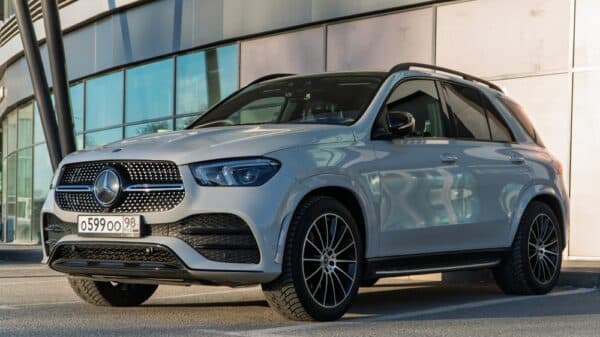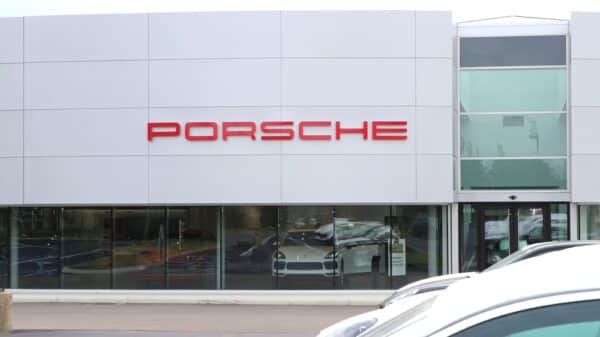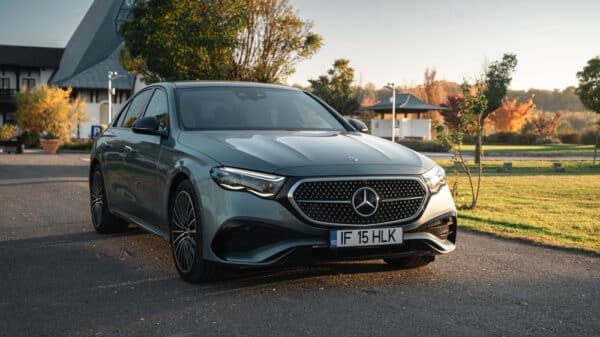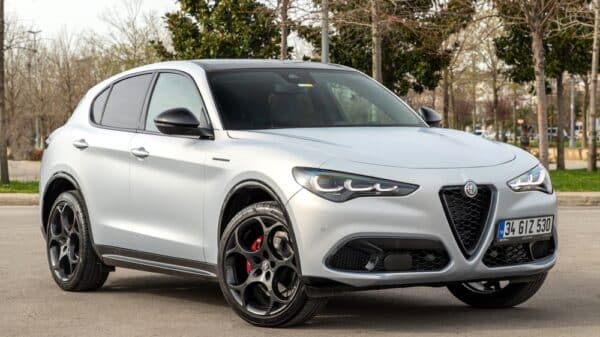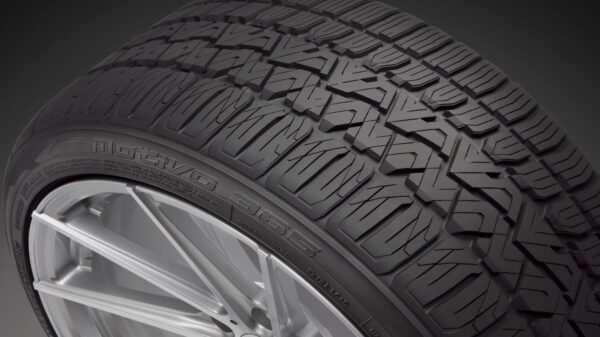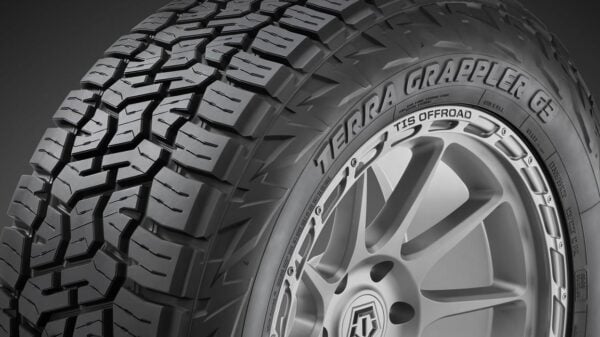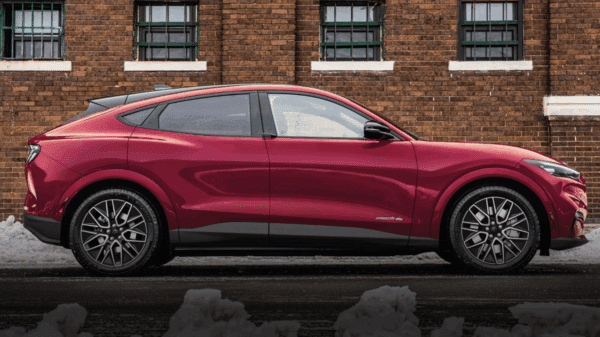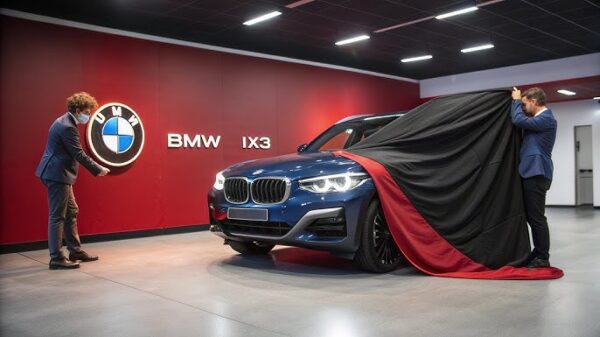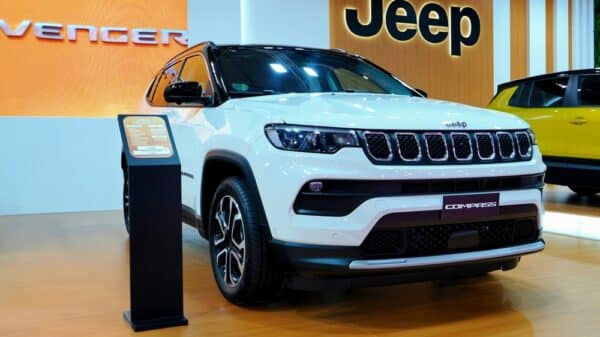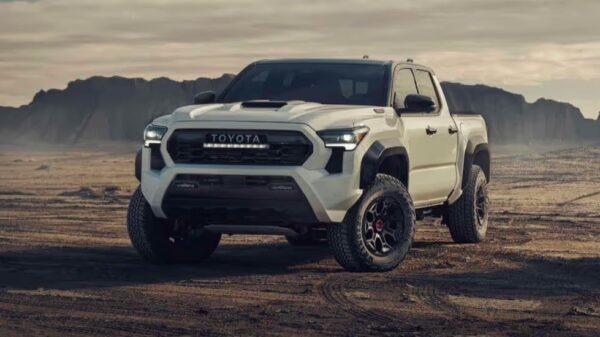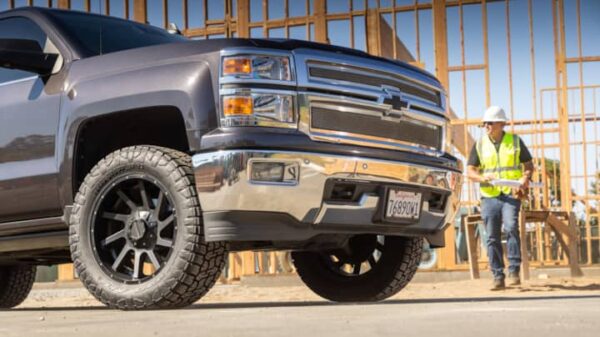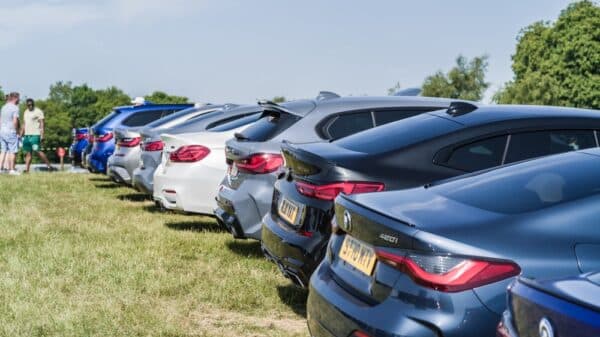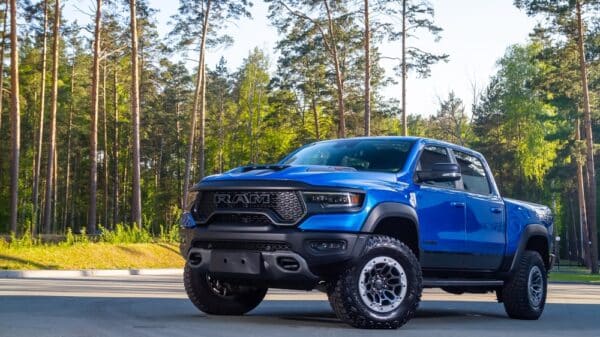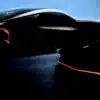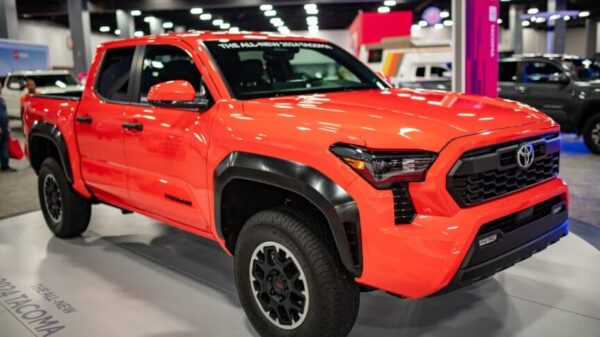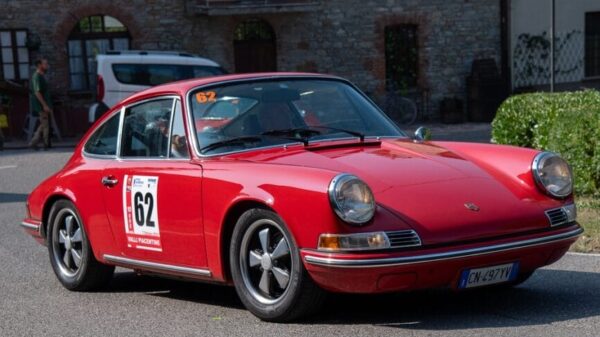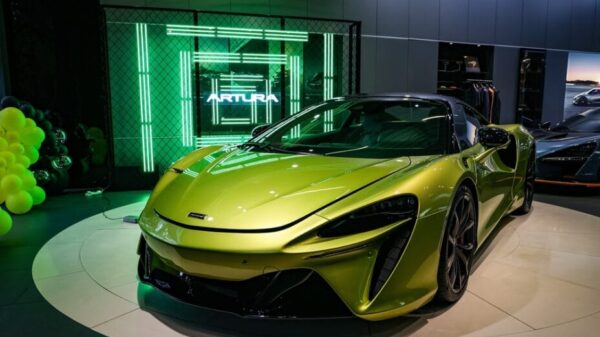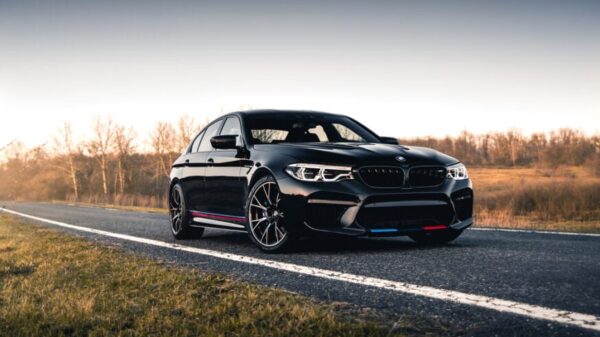This is an exciting time for automotive enthusiasts, especially fans of Alfa Romeo. The next-generation Alfa Romeo Stelvio, currently under intense testing in the snowy landscapes of Sweden, is making headlines as it makes a notable shift toward a fully electric future. The car is sporting camouflage, hinting at the new designs and technologies that await us. One of the most striking features is the absence of exhaust pipes, which paired with a fully closed grille, strongly indicates that we are looking at an electric vehicle (EV) in the making.
Much has changed at Alfa Romeo as they make a strategic pivot by moving away from their previous $2 billion Giorgio platform. From now on, the Stelvio and its sedan counterpart, the Giulia, will be built on the STLA Large platform, developed by Stellantis. This shift reflects a larger trend in the automotive industry where many manufacturers are now prioritizing electric and hybrid technologies, catering to a diverse range of consumer needs.
It’s clear that Alfa Romeo is in the process of reimagining its iconic models—the Giulia and Stelvio are beloved by fans, but as electric vehicles gain ground, it’s time for them to adapt to this new demand. While we’ve speculated about an electric version for some time, recent teaser images released by Alfa Romeo give us a clearer picture, confirming our suspicions. These photos showcase a camouflaged prototype navigating through the snow, and it’s showing strong signs of being a fully electric offering, particularly evident through its lack of visible tailpipes and an orange high-voltage sticker perched on its windshield.
A closer look at the prototype reveals thoughtful aerodynamic designs that are becoming increasingly essential in modern vehicle construction. The majority of the front end is sealed off—only a small section allows for airflow, perhaps hinting at the cutting-edge engineering inside. Additionally, the flush door handles contribute not only to aerodynamics but also to a sleek visual appeal. While these designs may not definitively confirm the vehicle’s electric status, they strongly align with the goals of efficiency associated with EVs.
An interesting design choice is the prototype’s split-headlight layout. This feature has become a popular trend in the automotive industry, but not everyone is keen on it. The LED daytime running lights sit above the headlights, which are set lower down, creating a somewhat distinctive, yet divisive, front fascia.
If there’s any manufacturer capable of pulling off the transformation from combustion engines to electric without losing its unique identity, it’s undoubtedly Alfa Romeo. The upcoming Stelvio is expected to enhance the brand’s sporty image while evolving past the classic design elements fans love. The vehicle’s profile appears more dynamic than before but retains a familiar fastback roofline, reminiscent of the existing Stelvio.
Teaser shots also depict the prototype in action, showcasing its rear-wheel-drive capabilities—a thrilling highlight in a competitive market that includes formidable rivals like the Hyundai Ioniq 5 N and high-performance electric options from brands like BMW. This rear-wheel drive promises to keep the driving experience exhilarating—something ardent Alfa enthusiasts expect.
Built on the STLA Large platform, the new Stelvio (and Giulia) will share its framework with models like the Jeep Wagoneer S and the Dodge Charger Daytona EV. However, the versatility of the platform means that these vehicles can carry unique driving characteristics. The STLA platform can support configurations with both 400 and 800 volts and accommodate high-performance features, making it suitable for those who crave speed and innovative technology. With a potential battery pack size of 118 kilowatt-hours, expect mind-blowing acceleration—going from 0 to 62 mph in approximately two seconds.
As anticipation builds, we expect the full unveiling of the Stelvio to drop later this year, with sales projected to launch in 2026. It’s worth noting that alongside the Stelvio, the Giulia will also undergo a transformation, moving away from the traditional sedan shape to a taller, more modern design, akin to a larger version of Polestar 2. It’s an exhilarating time to be part of the Alfa Romeo community, and we can’t wait to see how these bold changes take shape.
Image Source: Elninho / Shutterstock




